How To Fix Protein Overload In Hair?
We all know that our hair is mainly composed of the protein keratin. Therefore, protein is essential to the health and growth of hair, helping repair damaged hair, promoting healthier and stronger hair, and giving our hair bouncy, shiny hair. But do you know that excessive protein hair treatments or overuse of protein-rich hair products can overload your hair with protein, leaving your hair dull, dry, and frizzy? It doesn't matter if you don't know what protein overload is yet. In today's article, we will tell you everything about protein overload.
What Is Protein Overload?
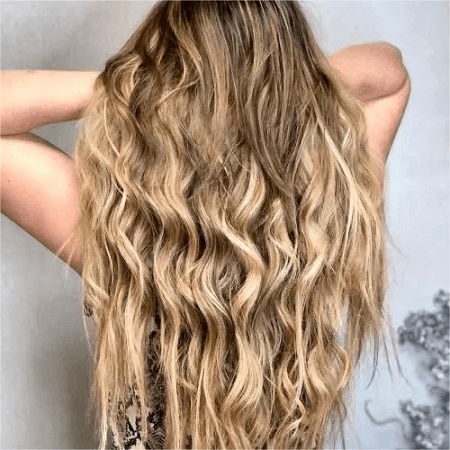
Protein overload is the result of using too many protein conditioning products, such as shampoos and keratin treatments, which over time build up in the hair, leaving your hair dry, stiff, and unmanageable.
How To Know If You Have Protein Overload?
After learning what protein overload is, do you want to know if your hair is protein overloaded? Now, you can determine if your hair is protein overloaded based on some of the methods below.
1. Low elasticity
If you stretch a strand of hair and it doesn't spring back but breaks, then your hair may be lacking moisture and contain too much protein. Moisture is the main factor that affects the elasticity or stretching of strands. If your strands have low elasticity and break more easily, this is an indication that you have an imbalance of moisture and protein in your hair.
2. Increased hair loss
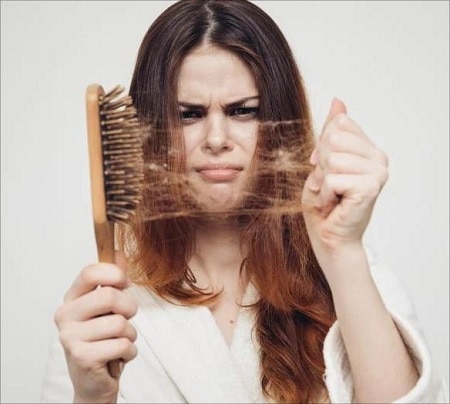
If you are brushing your hair and notice that it is falling out more than usual, this could be due to a protein imbalance. Because when your protein levels are too high and imbalanced with water, your hair is not getting the nutrients it needs to stay healthy, which can cause your roots to weaken, thus allowing your hair to shed more frequently.
3. Changes in curl pattern
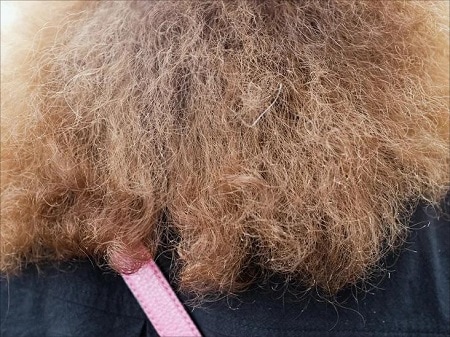
If you notice a change in the texture or curl pattern of your hair, it could be a sign of protein overload. Excess protein can make your hair appear soft, thin, and lifeless and can make your hair extra frizzy. In addition, it can result in more knots and tangles in your hair if the texture has changed.
4. Stiff or straw-like feeling
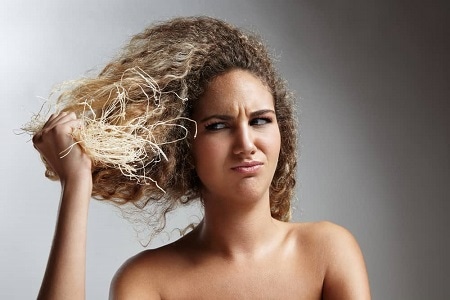
If you touch your hair with your hands and find that it is hard and straw-like, then this could be caused by protein overload. When there is too much protein, they form a protective layer, which can prevent critical moisture from reaching your strands, leaving your hair lacking in moisture, thus making it dry and brittle and straw-like to the touch.
How To Fix Protein Overload In Hair?
After being aware of the signs of protein overload, you must want to know how you can fix protein-overloaded hair, right? Now, here are a variety of approaches to restore protein overload in your hair, let's take a look.
1. Stop using protein products
If you find that your hair is overloaded with protein and want to fix it, the first thing you should do is stop adding more protein, such as stop using protein treatments and protein-rich hair products. When shopping for hair care products, you want to read the ingredient list on the product carefully. One thing you need to pay special attention to is that "protein" is not always listed on the label of hair products, some products are listed as amino acids, yogurt, and keratin, etc.
2. Use essential oils
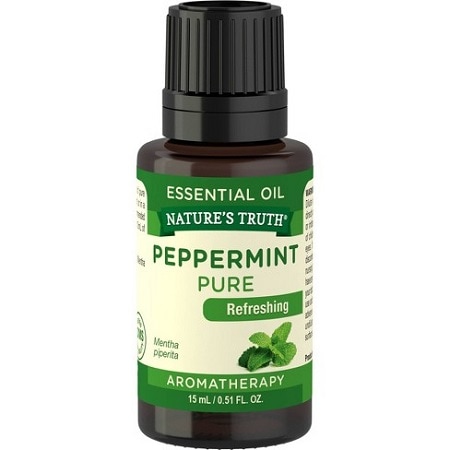
If you are still bothered by excess protein in your hair, essential oils may be able to help you with this problem. Essential oils such as peppermint, tea tree oil, and lavender oil can keep hair healthy by cleansing the scalp and removing excess protein from the roots of the hair. In addition, these oils can increase blood flow to the scalp and encourage hair growth. You should always use carrier oil to dilute the oils before applying them directly to the scalp.
3. Cleanse your hair
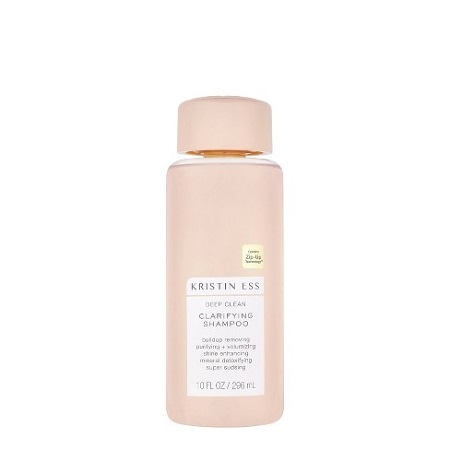
Protein overload is usually the consequence of product buildup on the hair and scalp. If you want to tackle this problem of protein overload, then the most important thing you need to do is to cleanse your hair so that you can remove the excess protein and other unwanted oils.
If you are interested in this method, you can try using a clarifying shampoo, which removes excess protein, sebum, and dirt buildup. To get the best results, you can use a clarifying shampoo on a weekly or bi-weekly basis. However, it is important to note that clarifying shampoos may dry out your hair, so remember to use some conditioner.
4. Use heat styling tools as little as possible

Using heat styling tools as little as possible is also one way to improve protein overload in your hair. Protein overload can make hair dry, brittle, and dull. If you then use heat styling tools more frequently, it can make your hair even drier. If you want to avoid this, then you need to use heat styling tools as little as possible as your hair is fragile and needs to be pampered rather than under stress. Of course, if you have no way to avoid heat styling tools, then you need to use some heat protectant before you proceed with heat styling.
5. Get a trim
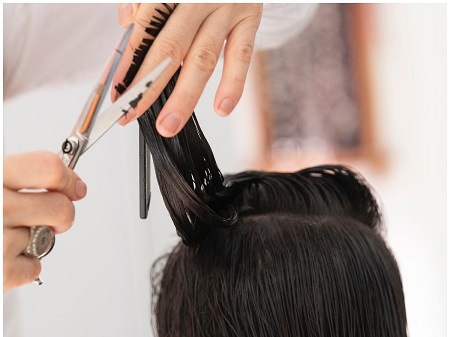
Protein overload can lead to split ends and breakage. If you want to improve the situation, then you need to trim the following hair, because it can help you get rid of the extra breakage and split ends associated with protein overload. You have to trim split ends and split ends as soon as possible before they move up and cause breakage near your roots, otherwise, your hair could be cut even more.
Conclusion
After reading this article, you must have a good idea about hair protein overload. If you are experiencing hair protein overload, then you can try to fix it using the methods mentioned above. Also, if you have other better methods, we especially welcome you to share them in the comment section.
